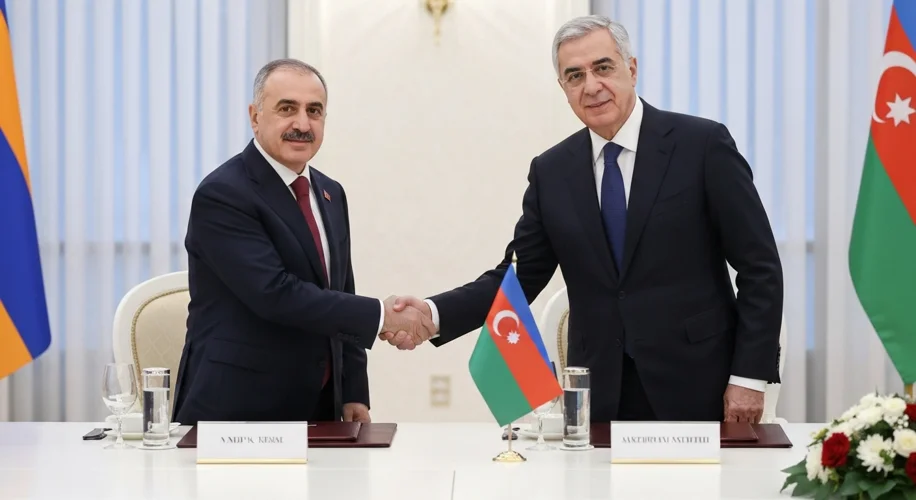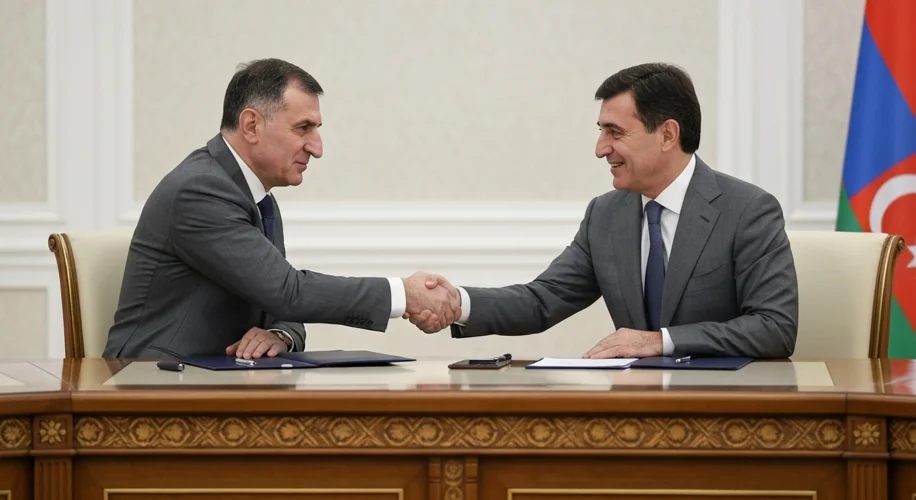On this day, August 9, 2025, history is being written in the heart of the Caucasus. In a moment that many believed might never arrive, the leaders of Armenia and Azerbaijan have met, not on a battlefield, but at a summit table. Their hands clasped, a symbol of a hard-won, fragile peace, and they have signed a deal aiming to end decades of bitter conflict.
The road to this handshake has been a brutal and sorrowful one, paved with generations of animosity, territorial disputes, and devastating wars. The Nagorno-Karabakh region, a mountainous enclave, has been the epicenter of this enduring struggle. For Armenians, it is a homeland, deeply connected to their ancient history and identity. For Azerbaijanis, it represents historically occupied Azerbaijani lands, a source of national grievance and a quest for territorial integrity.
The roots of this conflict stretch back to the waning days of the Russian Empire and intensified with the formation of the Soviet Union. In 1923, the Soviet government created the Nagorno-Karabakh Autonomous Oblast within the Azerbaijan Soviet Socialist Republic, a decision that sowed the seeds of future discord. Armenians within the region felt marginalized and oppressed, fueling a deep-seated desire for self-determination.
As the Soviet Union began to crumble in the late 1980s, the smoldering embers of conflict erupted into full-blown war. The First Nagorno-Karabakh War (1988-1994) saw Armenian forces, bolstered by diaspora support, seize control of Nagorno-Karabakh and surrounding Azerbaijani territories. The human cost was immense, with thousands killed and hundreds of thousands of Azerbaijanis displaced from their homes. A fragile ceasefire held for years, but the underlying issues remained unresolved, festering beneath the surface.

The ensuing decades were marked by sporadic clashes, failed peace talks, and a dangerous escalation of rhetoric. The Second Nagorno-Karabakh War, which erupted in September 2020, was a watershed moment. Azerbaijan, armed with modern weaponry and a revitalized military, achieved significant territorial gains, reclaiming much of the land lost in the first war. The conflict was short but brutally intense, resulting in thousands of casualties and a profound shift in the regional balance of power.
Today’s summit, however, represents a turning point. While the details of the agreement are still emerging, the very act of leaders from Yerevan and Baku sitting together and signing a peace accord is a momentous occasion. It signifies a willingness to move beyond the cycle of violence and destruction. The faces of the leaders, etched with the weight of history and the hopes of their people, convey a story of a journey through immense hardship towards a potential new beginning.
What does this mean for the people of Armenia and Azerbaijan? For families separated by war, for those who lost loved ones, for the displaced seeking to return to their ancestral homes, this agreement offers a glimmer of hope. It could pave the way for the return of refugees, the rebuilding of infrastructure, and the fostering of economic cooperation. It could also reshape the geopolitical landscape of the South Caucasus, a region long destabilized by this intractable conflict.
Yet, the path ahead is fraught with challenges. Deep-seated mistrust, historical grievances, and the complexities of border demarcation and security arrangements will require immense diplomatic skill and genuine commitment from both sides. The international community will be watching closely, offering support and urging adherence to the signed accord.
This handshake, this signed deal, is not the end of the story, but perhaps, it is the beginning of a new chapter. It is a testament to the enduring human capacity for dialogue and reconciliation, even after the most profound of conflicts. The echoes of past wars still resonate, but today, for the first time in a long time, the sound of peace is growing louder in the Caucasus.

